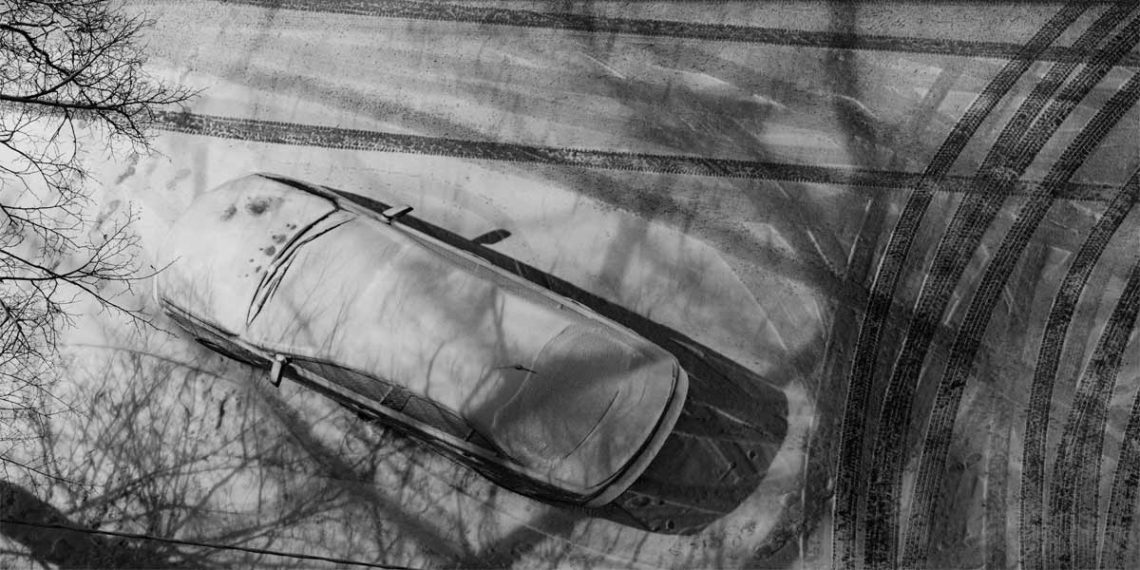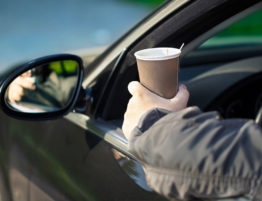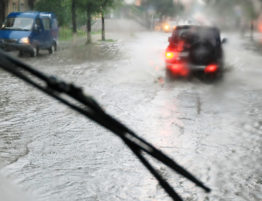
Winter weather can sneak up on you when you least expect it. What could be forecast as mild snow or sleet could potentially become a winter storm, especially in certain regions of the United States. This can make traveling in the winter quite the hassle. Planes and trains are often delayed even for what some might consider a gentle winter dusting. If you’re traveling by car, you might think that you’ve got a bit more control over your situation than you would by taking more public transportation, but this can land you in hot water (relatively speaking). Before you head out on the winter roads, here are a few things you can do to be prepared, just in case you get caught up in a winter storm.
Before leaving home
The first and best steps to take before traveling during a potential winter weather event starts at home.
- Keep an eye on your weather forecast. You may want to check more than just your local news stations depending on how far you plan to travel. If the incoming weather is running a lot of advisories or warnings, your best bet is to simply stay home and avoid travel altogether.
- Consider snow tires if you’re frequently traveling in the winter. This will help you avoid getting stuck in the snow, should you find yourself on the road during or after heavy snow. It may take a bit of time out of your schedule, especially if you’re not the sort to change your own tires, but it’s worth the time and the cost if it helps keep you and your family safe.
- Top off your car before you hit the road. Aside from making sure your gas tank is full, you’ll want to check your other fluids as well, including your antifreeze, windshield wiper fluid, and oil.
- Keep a winter weather emergency kit in your car just in case you get stuck. Your kit should include some simple items, such as extra blankets and clothing, water, a few snacks, a cell phone charger, a small shovel, and a first aid kit. Additionally, you may want to keep some ice melt, salt or other gritty material, to help you melt snow or gain traction if you find yourself stuck in the snow.
When you’re out on the road
If you’re already out on the road and you find yourself caught in a winter storm, safety should be your first priority.
- If you’re caught in intense snow, it can reduce visibility and make driving difficult. It’s important to follow standard safety procedures when driving in rough weather. Slow down, even if you feel like you need to speed up to reach your destination, especially on busy highways and roads. Rushing to get out of the snow can potentially cause accidents or leave you and other motorist stranded. Be patient, and reach your destination safely, even if it takes a bit longer.
- Avoid the roads less traveled. It may be tempting to try and get around traffic caused by winter weather by taking back roads and side streets. This can be a big mistake, especially if you aren’t familiar with the area you’re in. Backroads tend to see a lot less traffic than main roads, meaning snow and ice can pile up much faster in these areas. They’re also likely to be serviced last. So if you find yourself stuck out in a remote area you may be looking at a long wait before help arrives.
- If you find yourself stuck in the snow, Your best bet is to call for help and stay with your vehicle. Rescuers have a better chance of finding a vehicle than an individual person wandering out in a snowstorm. Do not leave your vehicle if it can be avoided.
- If you’re trapped in deep snow and waiting for assistance, you’ll want to conserve your gas. Run your engine for only short bursts of up to ten minutes each hour. Also, you’ll want to make sure your exhaust stays clear of snow to avoid the build-up of carbon monoxide and other harmful gases in the cabin.
- Rest in shifts if you’re stuck out in the snow with other people for an extended period of time to avoid missing potential assistance. Someone should be awake at all times in order to alert potential rescue of your location.
Being prepared and staying calm under pressure will be your biggest advantage when traveling in the winter. Plan ahead for every scenario, even the unlikely ones, and don’t be shy about taking the time to research winter safety tips. With luck, you’ll never have to use any of these tips but it doesn’t hurt to keep them in mind if you’re a winter traveler. As they say, hope for the best but prepare for the worst.
Make sure your headlights are clean and clear when tackling winter weather. Give us a call today and we’ll help make sure you’re ready to go!
- Why You Should Always Park Between the Lines - March 7, 2019
- 10 Car Organization Hacks - March 7, 2019
- What to Expect While Business 40 is Closed for Construction - March 5, 2019
Write a comment:
You must be logged in to post a comment.








